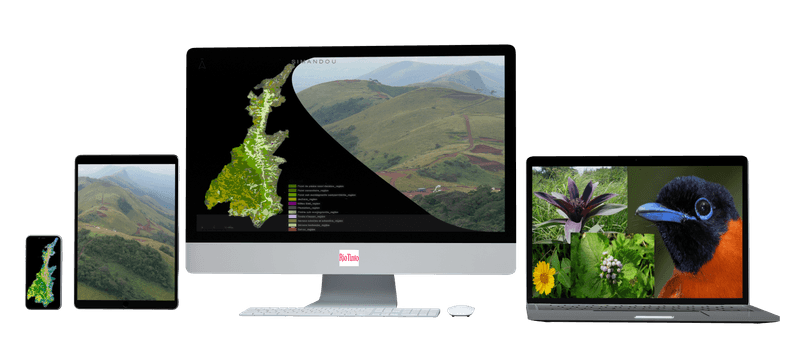How to Reconcile Mining and Biodiversity Preservation
A mining case study in Guinea
An ecosystem that has been damaged, degraded or destroyed is not a lost cause. This post will outline a case study in Guinea, where the mining company Rio Tinto successfully used ecological restoration.
In 2010, the International Year of Biodiversity, I was studying in Paris to earn my Master’s degree in integrated land management and planning. By inviting students to choose their own thesis subject for a biodiversity preservation project, Nathalie Machon, Professor of Ecology at the Paris Museum of Natural History, learned a lot about her students’ interests and passions.
How to reconcile mining and biodiversity preservation?I choose this question as my thesis subject for one reason: the state of my homeland, Guinea.
Estimates are that the country’s mining industry, directly and indirectly, contributes to 36 per cent of the nation’s GDP, and is therefore considered to be essential to its economic development.
However, mining activities have destroyed ecosystems and produced mine wastes: unwanted solid and liquid materials that contain contaminants. They are a serious hazard to ecosystems and human health. There are also elements in bio-geochemical cycles (such as iron) and components (such as metals) that are potentially economically viable, and could be recovered.
Understanding and predicting the impact of mining and mine wastes requires knowledge of the links to distribution and climate, geological hazards, ecosystem productivity, land-use and urbanisation.
This knowledge enables mining companies, governments and non-governmental organisations to manage, remediate and exploit mine wastes, while sustaining the mining industry.
I first spent months researching bibliographical research about mining in Guinea and other countries. The compilation of documents, study and mission reports, Internet searches, as well as information obtained from one-on-one consultations allowed for a greater understanding of the Pic de Fon area, the subject of the study.
After the research phase, I reached out to the Rio Tinto environmental department, and was welcomed to start an internship with their environmental team in Guinea. The project was finally carried out as part of a contract agreement between the University Montpellier 2, the laboratory of Centre d’Ecologie Fonctionnelle et Evolutive de Montpellier (CNRS) and the company, Rio Tinto Simandou.
I was responsible for developing research on an ecological restoration approach in order to help recover local ecosystems. Dr. James Aronson of CNRS kindly included me in his lab. Our goal was to identify the potential for ecological restoration and rehabilitation, which would serve to reconcile the inevitable and potential conflicts between mining and biodiversity.
We began by asking ourselves the following questions:
1 - How can we best preserve biodiversity and the sustainable functioning of natural ecosystems of the Pic de Fon classified forest, in the presence of active mining exploitation?
2 - How can we promote the well-being of local people and other stakeholders in the Pic de Fon forest through joint management of at least some economic and environmental enhancement activities?
First we described the context and objectives of the study. Then we focused on approach and methodology. The field work in Guinea characterizes different types of vegetation and various species selected for ecological restoration. It describes the organization of the landscape of the Forêt Classée du Pic de Fon, including a vegetation map covering the region from Canga-East to the top of Simandou range. Finally, the results obtained through different aspects of the work was presented and discussed.
Rio Tinto Simandou is a world-class iron ore mining project located in Southeastern Guinea. Rio adopts high environmental standards, finances impact assessment, and researches rehabilitation and ecological restoration. Significant studies have been completed on biodiversity in the region by Conservation International, The Royal Botanic Gardens Kew (UK), and other respected institutions.
